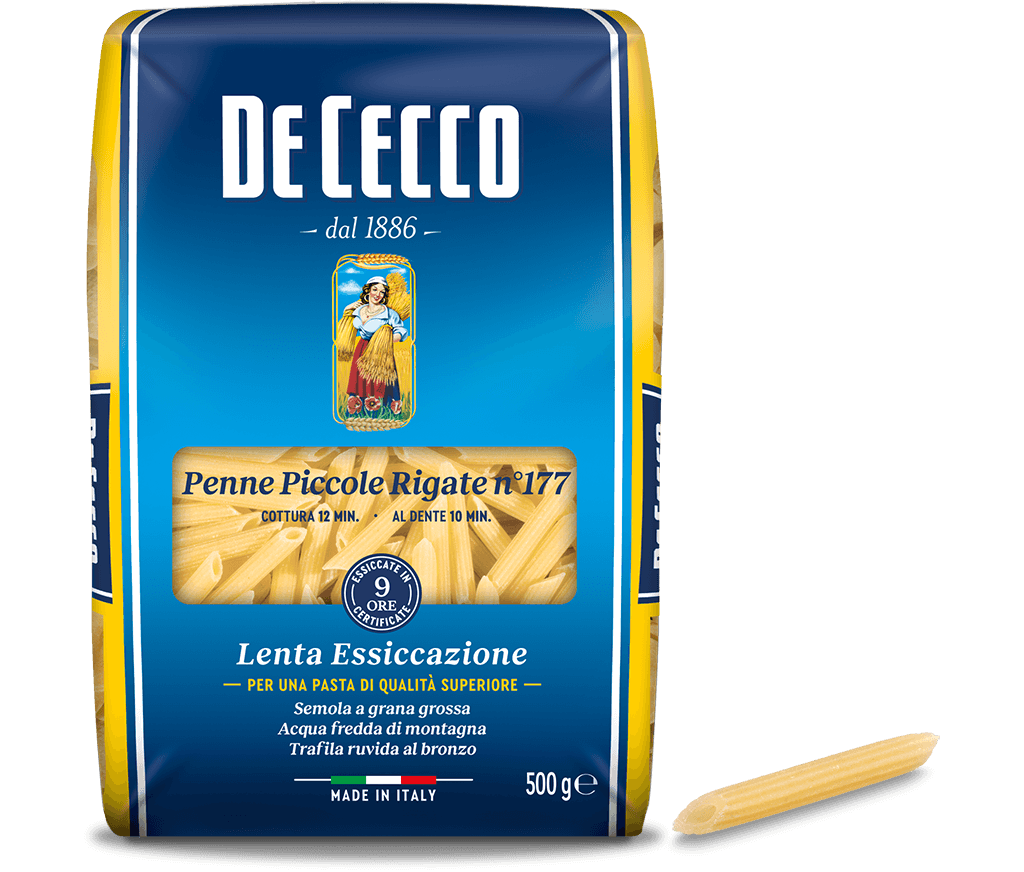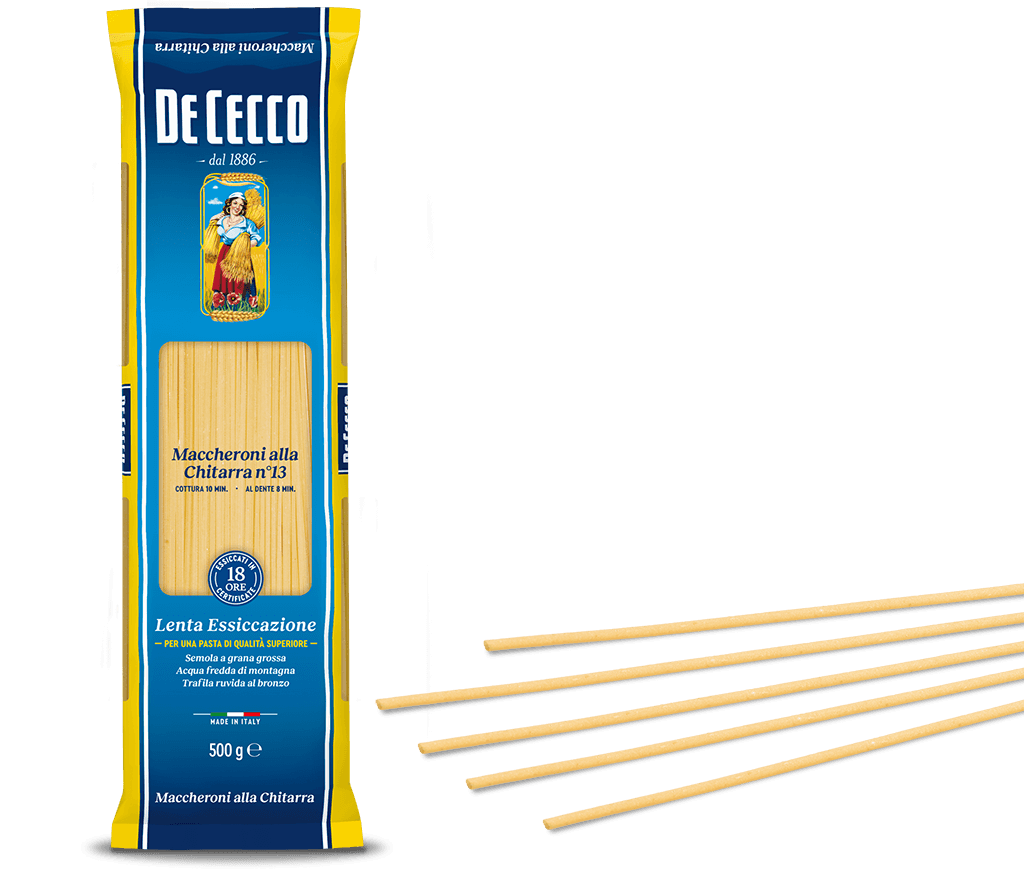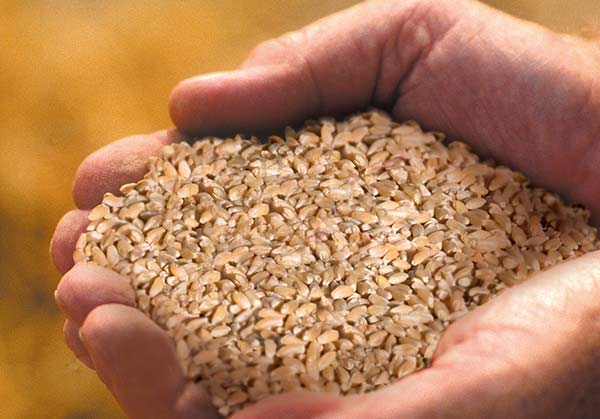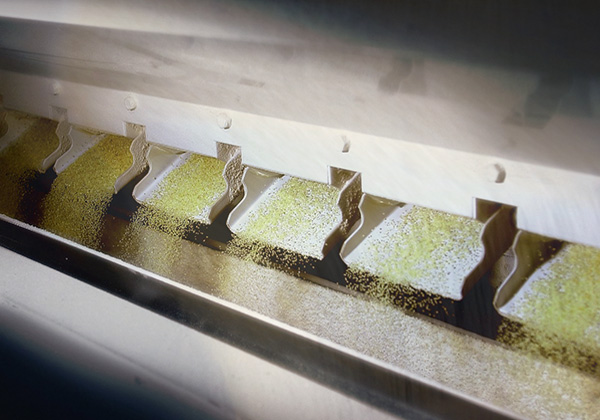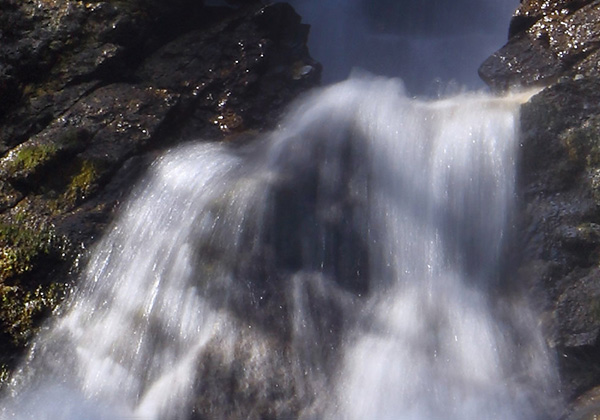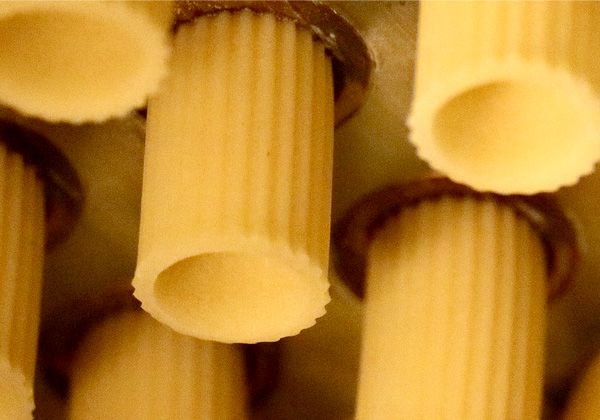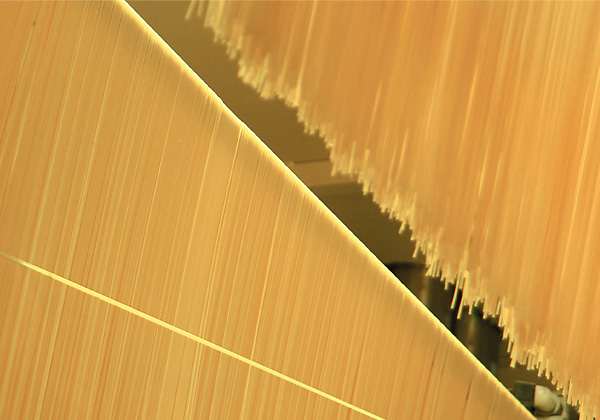Maccheroni alla Chitarra n° 13
Maccheroni alla Chitarra are originally from Abruzzo and have an unusual long shape with a square cross section.
Historically, the pasta was cut with a special tool called a "chitarra" (guitar), consisting of a wooden frame over which thin, steel wires were stretched. The pasta, which was not excessively thin (about the thickness between one wire and another) was placed on the wires and then cut by pressing on it with a special little rolling pin.
This type of pasta is typically eaten with lamb ragù. In certain areas of Abruzzo, the traditional condiment for Maccheroni alla Chitarra is a tomato sauce enriched with veal meatballs measuring about one centimetre across, known as "pallottelle".
Maccheroni alla Chitarra are also excellent with different types of meat gravy, with sauces made from tomatoes and aubergines, or fish.
Available in 500g pack.s
- Cooking time: 10 min - Al dente: 8 min
Our method
Attention, care, experience, quality at every stage: from our mill to your table.
Fedelini n° 10
